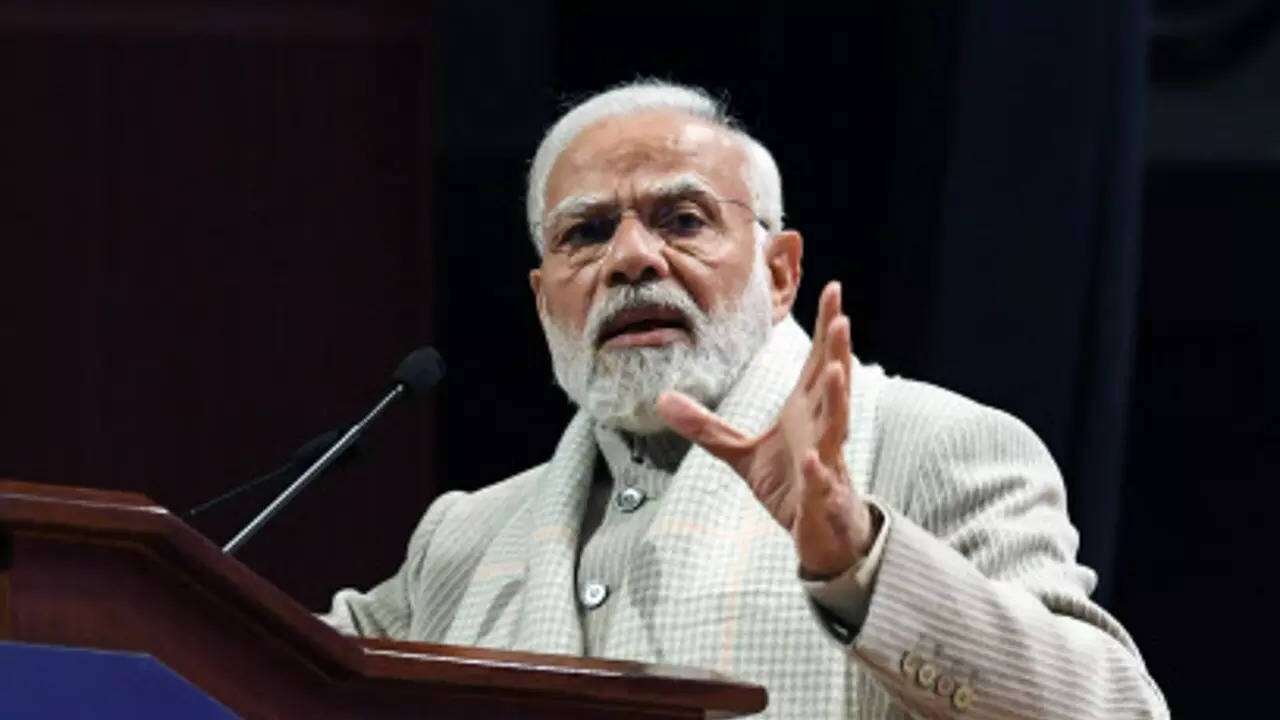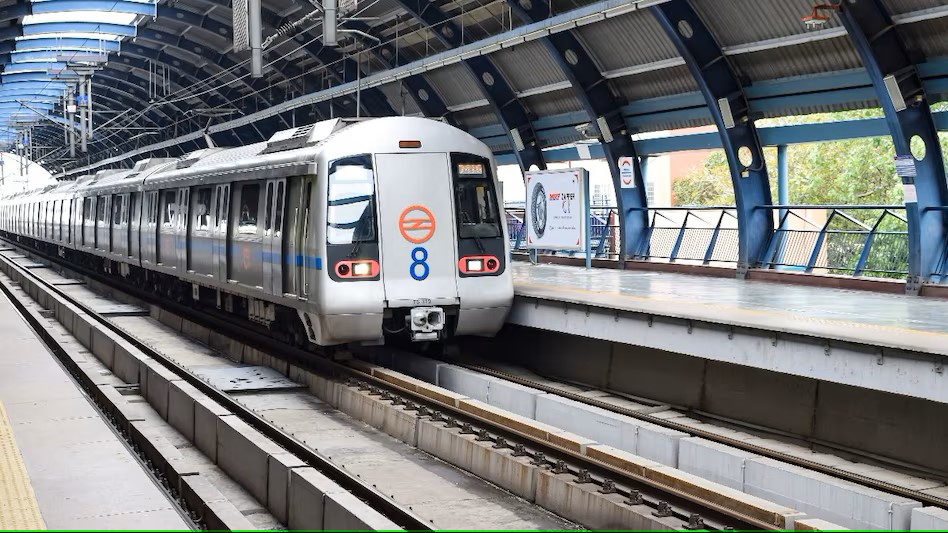Prime Minister Narendra Modi’s grand announcement of a ₹800 crore investment to expand the Supreme Court complex resonated through the halls of justice on Sunday, marking a significant moment in the institution’s 75th Diamond Jubilee year. This hefty commitment to judicial infrastructure was met with a mix of cautious optimism and lingering anxieties, echoing the controversies that swirled around the Central Vista redevelopment project.
 Building a Bastion of Justice: Bricks and Beyond
Building a Bastion of Justice: Bricks and Beyond
Beyond the tangible expansion plans, PM Modi’s address underscored the government’s broader vision for a future-proof judiciary. He highlighted the allocation of over ₹7,000 crores towards judicial infrastructure upgrades since 2014, a testament to the commitment to creating a well-equipped platform for justice delivery.
Furthermore, the Courts initiative received a major boost, with Phase 3 securing four times the funding compared to its predecessor. This amplified focus on digitization promises to streamline judicial processes and enhance accessibility across the vast Indian landscape.
Breaking Language Barriers, Bridging the Gap
Another noteworthy stride is the commencement of translating Supreme Court judgments into regional languages. This crucial step democratizes access to legal knowledge, empowering citizens and fostering a more inclusive judicial system. PM Modi’s call for nationwide adoption of this practice holds immense potential for bridging the gap between the legal system and the common man.
A Strong Judiciary, a Developed India: The Intertwined Threads
PM Modi eloquently emphasized the inextricable link between a robust judiciary and a thriving nation. He envisioned a strong legal system as the bedrock upon which a developed India would be built, where justice would flow freely and efficiently. The Jan Vishwas Bill, aimed at reducing judicial burden, further cements the government’s commitment to streamlining judicial processes and fostering public trust in the system.
However, the Shadow of Central Vista Looms Large
While the ₹800 crore investment and the accompanying initiatives paint a promising picture of progress, PM Modi’s subtle reference to the Central Vista controversy cast a shadow of uncertainty. His humorous plea, “Just hope no one files a petition calling it wasteful expenditure,” acknowledged the potential for public scrutiny and legal challenges that could potentially stall the project.
The Central Vista redevelopment, despite its ambitious vision of revamping India’s central administrative district, faced criticism and legal hurdles on grounds of resource allocation and environmental concerns. The Supreme Court’s eventual greenlight for the project did not completely dispel the anxieties surrounding it.
Navigating the Path Ahead: Challenges and Opportunities
The Supreme Court expansion project, therefore, stands at a crucial crossroads. Will it successfully navigate the potential pitfalls of public scrutiny and legal challenges, or will it get mired in controversies like its predecessor?
The answer lies in ensuring transparency, addressing concerns over resource allocation, and demonstrating the tangible benefits of the expansion for both the judicial system and the public it serves. By prioritizing accessibility, efficiency, and inclusivity, the project can emerge as a true embodiment of India’s commitment to a robust and accessible judicial system, one that stands tall as a beacon of justice for generations to come.




